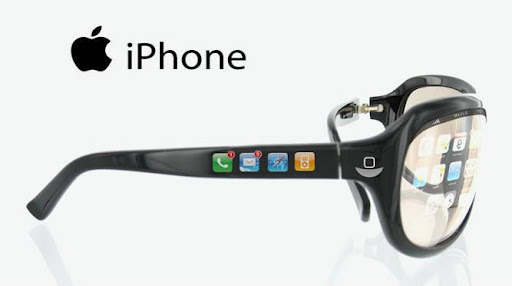Search giant Google on Thursday has finally admitted the bug plaguing the Home and Chromecast devices. This comes after mounting reports that both devices were bugging the users’ Wi-Fi connectivity.
Google to issue a fix on Home-related Wi-Fi connectivity issues
In a statement this week, Google said that it is aware that Chromecast devices have been affecting the Wi-Fi network of Chromecast users.
“In certain situations, a bug in the Cast software on Android phones may incorrectly send a large amount of network traffic which can slow down or temporarily impact Wi-Fi networks. The specific impact to the network will vary depending on the router,” said Google in a blog post.
The search giant said that it would be rolling out a fix to resolve the issue. This means that Chromecast users could expect an updated fix which will be rolled out Play services commencing on January 18.
According to the company, both Chromecast device and Android phone on the same Wi-Fi network have experienced the issue. As a solution, Google suggested that users should try to reboot their Android phones as well as check the router if it needs to be updated to the latest firmware.
The problem stemmed from the TP-Link Archer C7 router including the Google Home Max speaker. But on the succeeding days, the problem emerged to affect other Google devices including other popular routers like Asus, Netgear, Linksys and Synology, respectively.
When the problem spotted, a TP-Link engineer found the main problem which apparently supported by Google’s latest comment.
“We have discovered that the devices will sometimes broadcast a large amount of these packets at a very high speed in a short amount of time,” the engineer wrote.
“This occurs when the device is awakened from the sleep mode and could exceed more than 100,000 packets in a short amount of time. The longer your device is in “sleep”, the larger this packet burst will be. This issue may eventually cause some of a router’s primary features to shut down – including wireless connectivity,” he added.
















